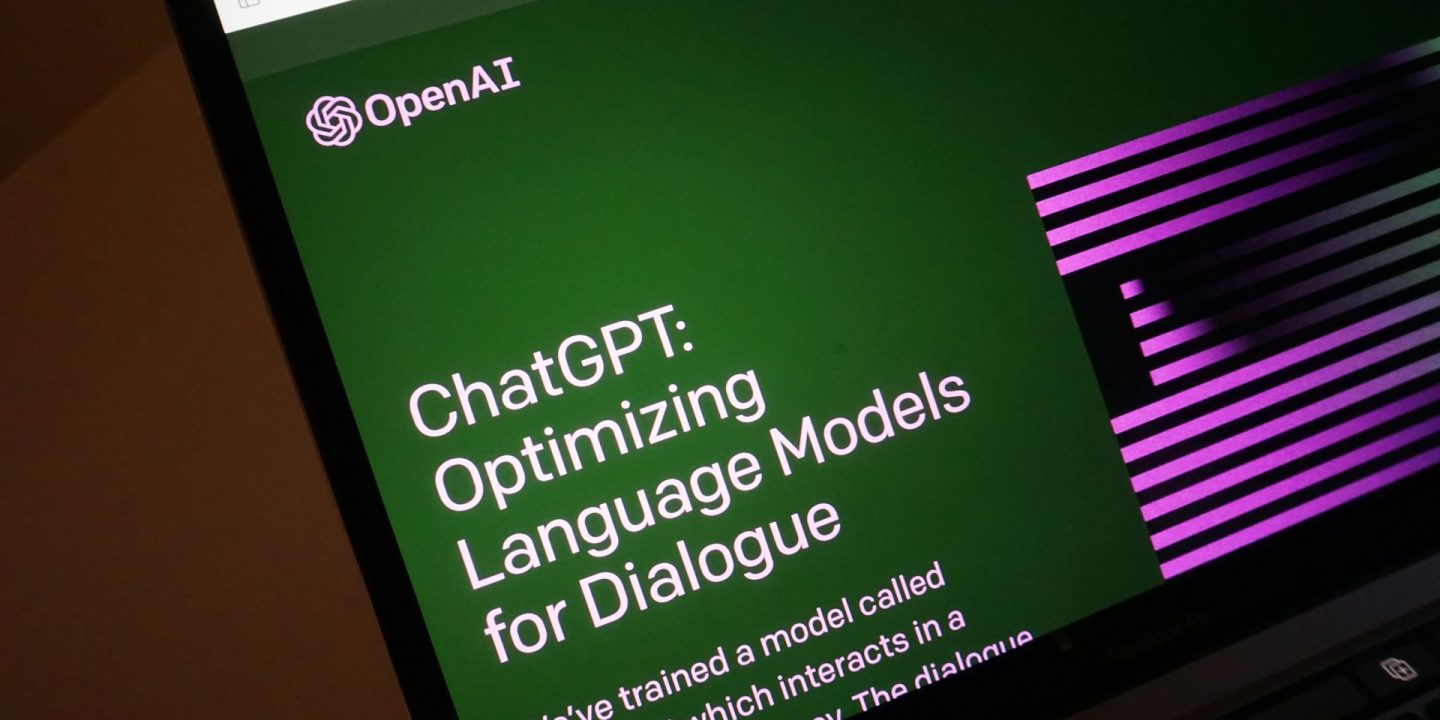
Does the Way You Write a Prompt Really Matter?The short answer? Absolutely!
When interacting with an AI tool like ChatGPT, the responses you get aren’t just random. Several factors influence the output, including how the AI was built and the data it was trained on. But one of the most critical factors is how you communicate with it—this is where prompting plays a huge role.
A prompt is essentially an instruction or question you give an AI to generate a response. It can be as simple as a quick query or as detailed as a structured set of guidelines. The way you phrase these prompts directly impacts how clear, relevant, and useful the AI’s response will be.
My Journey to Better AI Prompts
When I first started using ChatGPT, I treated it like a friend—throwing out casual, rushed questions and expecting intuitive answers. While that approach worked to some extent, I quickly realized that putting more thought into my prompts led to much better responses.
This is the essence of ‘prompt engineering’—a skill that has become so valuable that people are now building entire careers around it.
The Science Behind Effective Prompts
Everyone has a slightly different approach to writing great prompts, but some key principles apply across the board. Here are three crucial elements to keep in mind:
- Context – AI performs best when it has enough background information to understand what you’re asking. The more relevant details you include, the more precise and helpful the response will be.
- Specificity – The clearer and more precise your prompt, the better the outcome. Vague prompts often result in generic or off-track answers.
- Structure – How you organize your prompt matters. Breaking it down into sections, using bullet points, or specifying formatting preferences can significantly improve the response quality.
It’s also useful to understand how AI models work. Chatbots powered by Large Language Models (LLMs) like ChatGPT, Claude, and Google Gemini generate responses based on probability. They predict the most likely sequence of words based on your input. Even small tweaks in your wording can lead to surprisingly different results.
Some people overcomplicate prompt engineering to sell courses and consulting services, but the truth is, well-structured prompts do make a difference. In fact, studies show that refining a prompt can improve response quality by 57.7% and accuracy by 67.3%.
But you don’t need a research paper to prove this—just test it yourself! Try submitting a vague prompt to an AI chatbot, then refine it with more details and instructions. You’ll be amazed at the difference.
How to Write Better AI Prompts
There’s plenty of research, online courses, and video content about crafting the perfect prompt. But beyond context, specificity, and structure, here are eight practical tips that have helped me master ChatGPT:
- Provide Examples – This technique, known as ‘few-shot prompting,’ involves giving the AI sample outputs before asking it to generate a response. For example, if you want travel tips, provide two or three examples first, then ask the AI to continue in the same style.
- Define Your Audience – Specify who the content is for. For instance, if you need skincare advice, clarify whether it’s for dermatologists, beauty enthusiasts, or busy individuals with acne. This helps the AI tailor its response accordingly.
- Explain Who You Are – Just as you define your audience, telling the AI about yourself can lead to more relevant answers. For example, instead of just asking for quiz questions, say, “I’m a teacher creating a quiz for my students.” This prompts a more structured and educational response.
- Specify the Format – Be clear about how you want the output presented. Should it be an article, a script, a bullet-point list, or a step-by-step guide? You can even set a word count limit to fine-tune the response.
- Define the Tone – If you’re writing for a specific purpose, specify the desired tone. Do you want the response to be formal, conversational, humorous, or persuasive? Providing examples or reference materials can help the AI match your preferred style.
- Use Natural Language – While structured prompts are helpful, over-complicating them can backfire. AI models are designed to interpret natural language, so keeping prompts clear, direct, and conversational will yield the best results.
- Ask for Step-by-Step Reasoning – If you need logical steps or explanations, ask the AI to show its thought process. This technique, known as ‘chain-of-thought prompting,’ is great for problem-solving, structured reasoning, or outlining an argument.
- Refine as You Go – Even well-crafted prompts may not produce perfect results on the first try. AI works best when you iterate. If a response is too vague or misses the mark, tweak your prompt by specifying the tone, level of detail, or particular word choices. Small changes can lead to big improvements.
The Key Takeaway
AI tools are incredibly powerful, but they’re not perfect. No matter which model you use, the quality of its output depends heavily on the clarity and structure of your input.
Whether you’re using AI to brainstorm ideas, automate tasks, plan workouts, or proofread articles, well-thought-out prompting is the secret to better, more accurate results. With practice, you’ll start seeing AI as less of a guessing game and more of a powerful tool you can fine-tune to work exactly the way you want.
Photo: Unsplash









